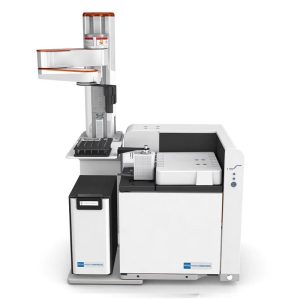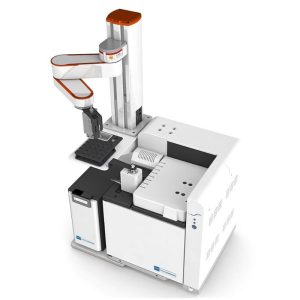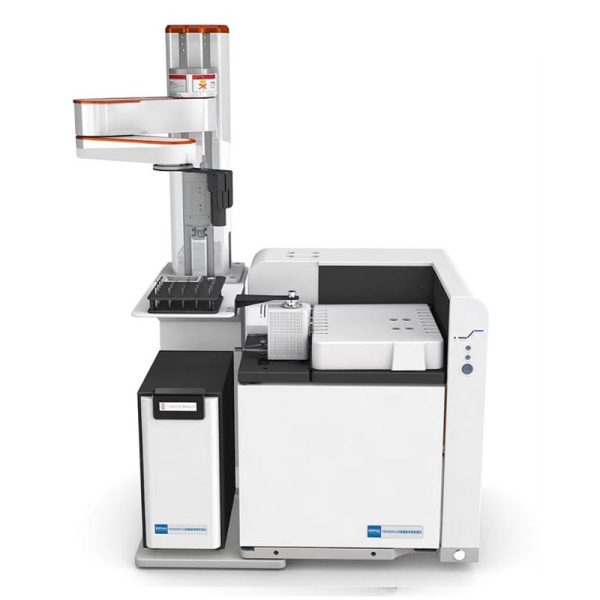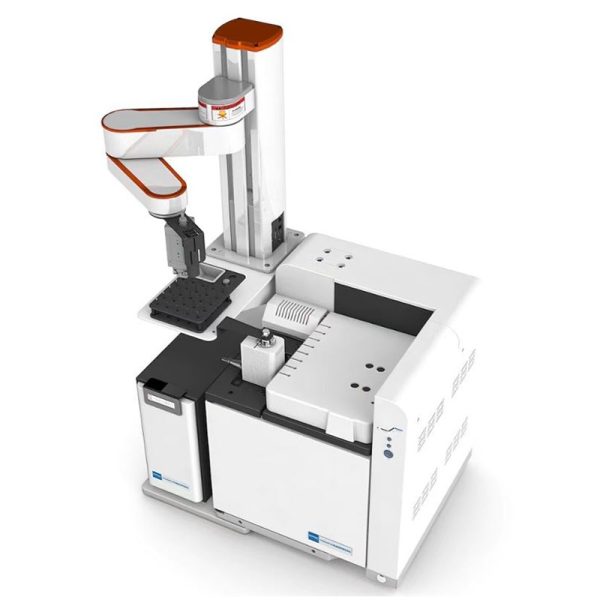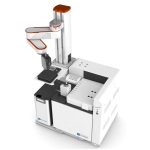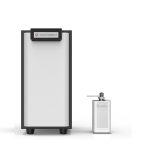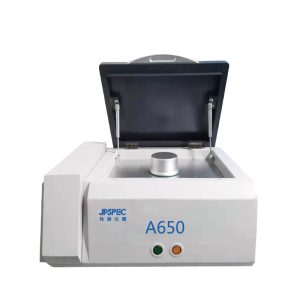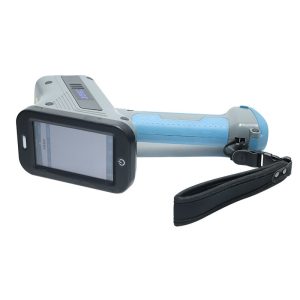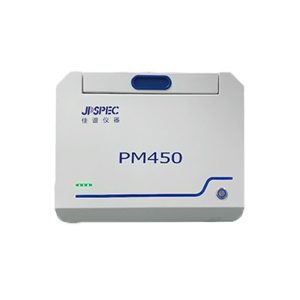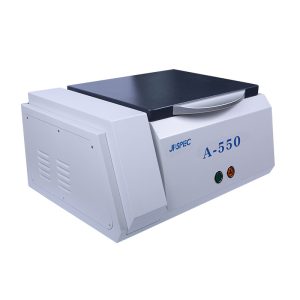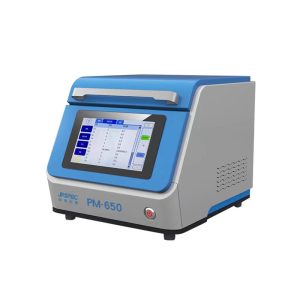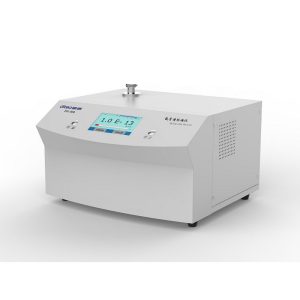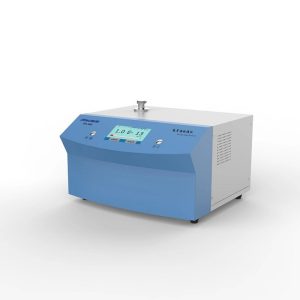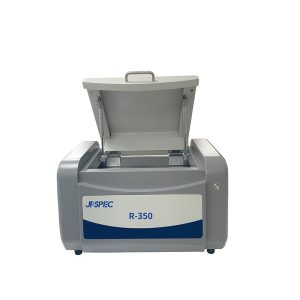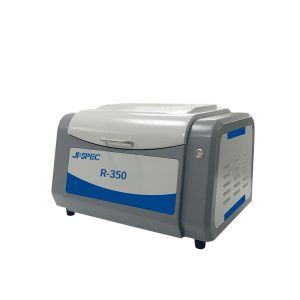Paes RoHS tester | RoHS2.0 adjacent benzene detector
- Description
- Inquiry
Description
RoHS2.0 adjacent benzene detector
RoHS phthalic tester RoHS2.0 phthalic detector Micro crack release phthalic tester
On June 4, 2015, the Official Gazette of the European Union (OJ) issued the Amendment Directive (EU) 2005/863 of RoHS2.0, which added 4 phthalates to the list of restricted substances of RoHS2.0 on the basis of the original 6 substances of RoHS (lead, cadmium, mercury, hexvalent chromium, polybrominated biphenyls and polybrominated diphenyl ethers). Thus, RoHS2.0 has 10 controlled substances.
According to RoHS2.0 testing standards, production enterprises need to purchase relevant equipment for rapid screening of raw materials, material self-inspection, internal quality control, customer factory inspection, etc. (Equipment required for conventional configuration: GCMS+EDXRF spectrometer), but the purchase of these equipment at the rate of millions, many enterprises are feeling great pressure, and enterprises have to do screening of raw materials, if not screening, product production will be buried a huge hidden danger, enterprises can not control whether their products meet the standards; According to the two pain points of the importance of internal screening and the huge investment needed to purchase equipment, Golden Valley Science Instrument has developed a set of new solutions specifically for the rapid screening needs of the four phthalines in Rohs2.0:
TP20-GC micro crack release aphenol rapid screening solution.
TP30PLUS has the following advantages:
Short sample making time: 20 minutes/sample making time * Rapid screening needs of enterprise users;
No waste gas and liquid waste: this does not need reagent, no pre-treatment, no waste gas and liquid waste;
Low procurement cost: PY+GCMS procurement cost is 1.2 million yuan, TP20-GC procurement cost is less than 300,000 yuan;
Low cost: no pre-treatment, no reagents and consumables, a year of use cost less than 5000 yuan;
Direct injection: direct solid or liquid injection without pre-treatment, good reproducibility, avoid human error;
Built-in standard curve: more intuitive judgment whether the material phthalic overstandard
No need for professional laboratory environment: only need ordinary operation space with air conditioning power can be installed and used.
Each component name and retention time
Standard curve and linear range (detection limit)
DIBP standard solutions with concentrations of 50ppm, 100ppm, 250ppm, 500ppm and 1000ppm were configured. The concentration was taken as the horizontal coordinate and the peak area of quantitative components was taken as the vertical coordinate. The standard curve and the linear correlation coefficient were shown below.
The table below shows the comparison of peak height and peak area of 5 standard samples with different concentrations:
Repeatability (precision test)
Repeatability was determined at concentrations with low detection limits and the results are shown below.
RoHS phthalic tester RoHS2.0 phthalic detector Micro crack release phthalic tester
The fourth part, in line with IEC62321-8 regulations and requirements
The four phthalines in the middle of Rohs2.0 are plasticizers, which are difficult to volatilize and need to be volatilized at high temperature (200ºC-450ºC). PY/TD-GC-MS (pyrolysis/thermal desorption – gas chromatography-mass spectrometry detector) is used as the current IEC standard. And we use TP20-GC micro-crack release technology (pyrolysis/thermal desorption – gas chromatographic spectrometer), specific analysis of what is the same and different:
1. PY/TD-GC-MS, approved by IEC, is a thermal pyrolysis + thermal desorption + gas chromatography + mass spectrometry detector, in which the pyrolysis temperature is up to 1200 degrees, and many large molecular substances are decomposed into small molecular substances, which will cause interference and false positive results, and MS mass spectrometry is needed for qualitative analysis.
2, TP20-GC is defined as a rapid screening system for phthalates, we only need to do 4 kinds of phthalates quantitative, so we set the heating range at 200ºC-450ºC this interval, so that the 4 phthalates are volatilized into the GC (gas chromatographic spectrometer) quantitative, and will not affect the results of other macromolecular substances cracking.
To sum up: then why our method does not have a mass spectrum detector? Because our positioning is to do the screening of 4 kinds of phthalines, and the temperature range we use is only 200ºC-450ºC, no other new substances interference, no qualitative detection, so TP20-GC does not need a mass spectrum detector.
RoHS phthalic tester RoHS2.0 phthalic detector Micro crack release phthalic tester
Experimental case 1, a headphone manufacturer in Shenzhen to OEM headphone plastic shell raw materials screening
1. A domestic brand gas Chromatograph (FID+SPI+ capillary column)
2, TP20 micro crack release accessory device processing equipment
3. Chromatographic column
4. A batch of other experimental equipment
Injection method: direct solid injection;
Detection items: To detect whether the original PVC green particles Rohs4 phthalines exceed the standard
